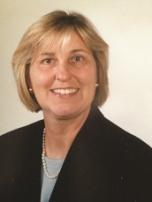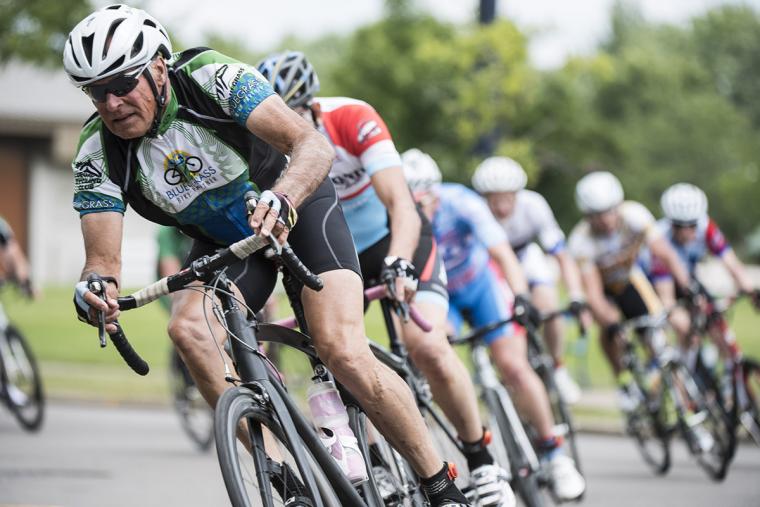
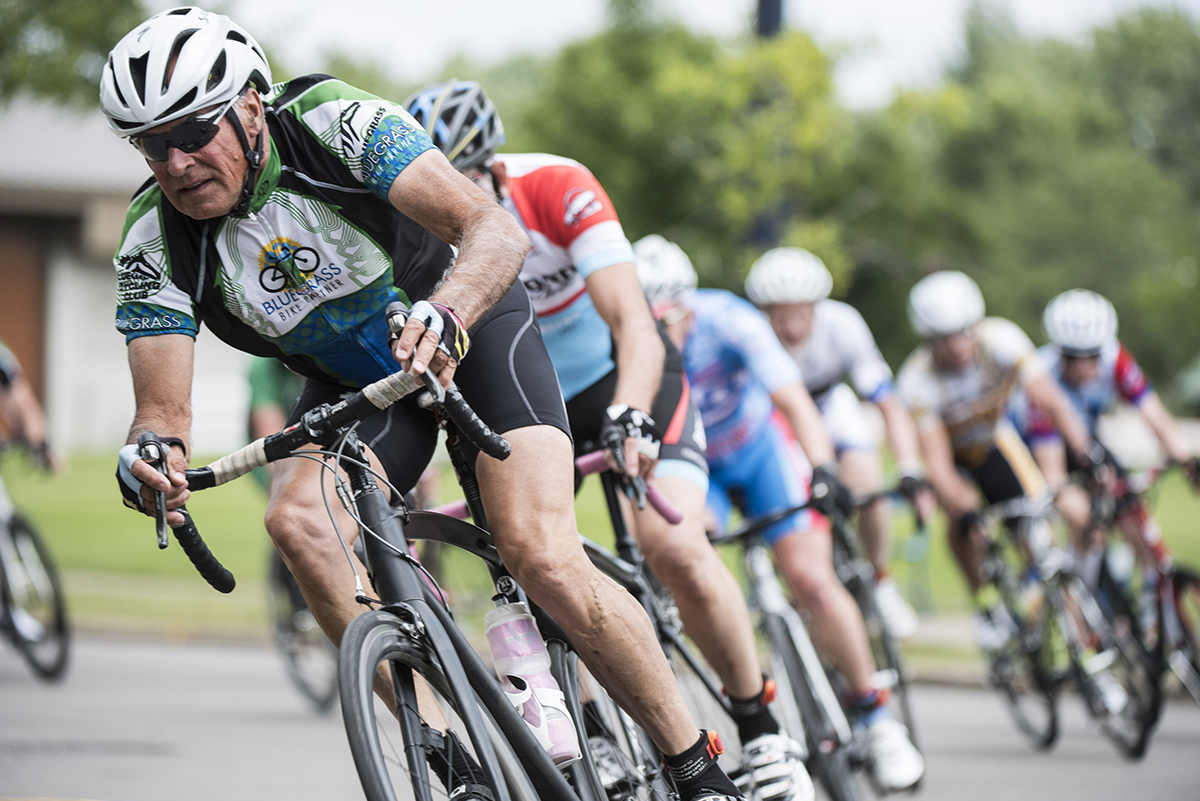
Changes in this Year’s Games
We already know adults are staying active longer, and we continue to see proof of this not just in the increasing registration but in the demand for sports. As a result, we have added two new sports this year: power walking and triathlon relay. They are being offered as open sports, which means you don’t need to qualify at the state level in order to participate. This is one way to encourage others to try a new sport and get involved in the games. It will also give athletes another opportunity to try something new. We’re hoping this makes them more inviting to people who would like to try to participate in more than one sport while they’re in Albuquerque.
Triathlon relays are becoming more popular in the triathlon world. We felt it was a good fit for our demographic. Some athletes who can’t compete in all three elements or are really strong in one could have an opportunity to compete in the relay. We have reached out to cyclists, swimmers and runners to encourage them to form a team. Communicating to athletes signed up for the triathlon relay has basically meant reaching out to those who are already registered in running, swimming and cycling events, and encouraging them to become part of the relay. Our website has a team partner finder (it actually works for all sports) and at this point, we have close to 15 teams signed up to participate in the triathlon relay.
Power walking – not to be confused with race walking (already a medal sport at our national level) is also offered this year as an open sport. Power walk was added to provide an event that will allow anybody to compete without the technical requirements of race walking. Thanks to individuals who assisted in promoting the sport and to a continuing blog, “Moon Walking,” by Del Moon, who is responsible for NSGA communications and media relations, and who is making his first foray into the sport, it’s getting publicity as well. As a result, the field for this sport has exploded; we have over 400 athletes registered.
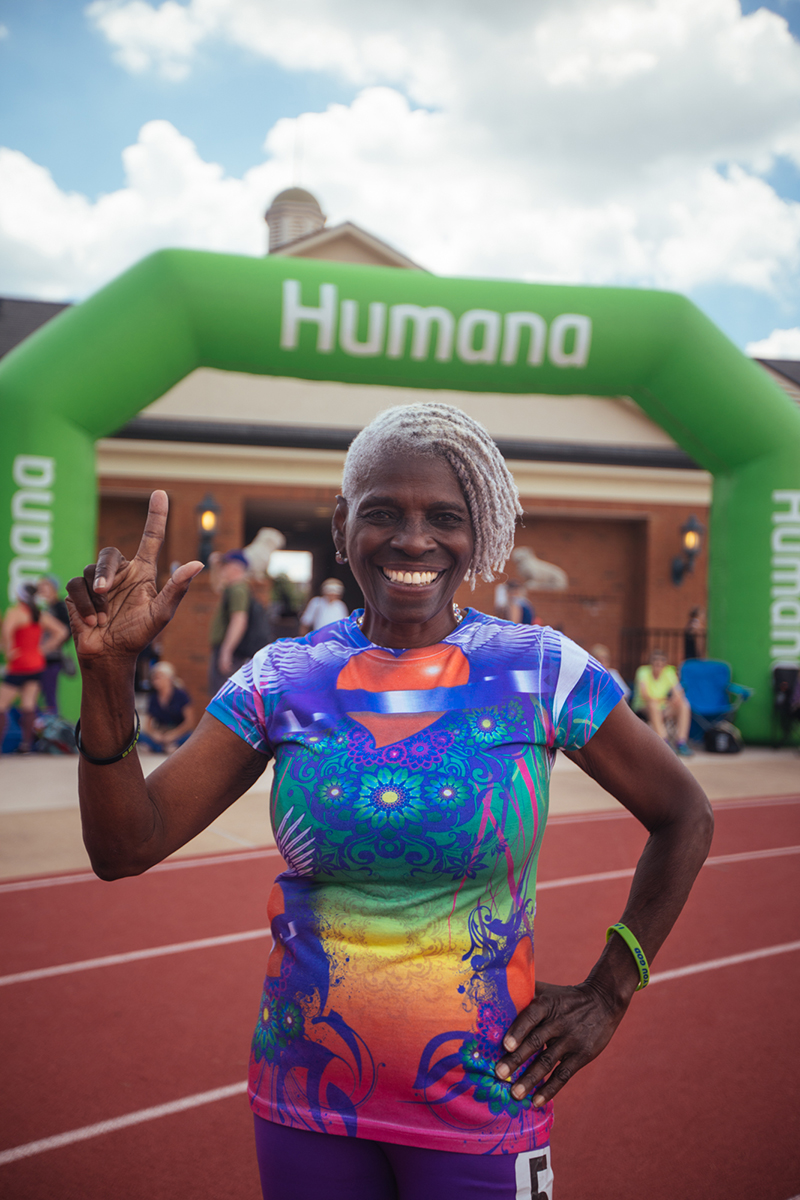 Trends in Sports
Trends in Sports
There is across-the-board growth in all our team sports. We are continuing to look at the trends of different sports. Unfortunately, we have noticed that two sports have continued to decline over the years: racquetball and horseshoes. We don’t like to see sports fall in participation, but we do have to acknowledge the reality. We are not the only multi-sport events seeing that trend, either; it seems to be nationwide.
We’re always asked about the process of adding new sports to the Games. In many cases, the suggestion is made by someone – or by a group of people – who really have a passion for a specific sport. Sometimes, we’re just asked how it is we come to make decisions as to which sports get added.
For a sport to be adopted at the national level, it needs to be sustainable, meaning we have to know that people want to play it on a continuing basis, year after year. Then we also need to make sure that cities will have the facilities for it, and that multiple state associations are hosting competitions in that sport so that people have a chance to qualify and then to have a meaningful competition at the national level. All those pieces need to be in place in order for a sport to be implemented.
We encourage people to keep on making their suggestions, though, because it’s only at the local level that growth starts and moves up to the national Games.
Overall, we’re keeping an eye on the trends of what is happening in sports and in particular, we’re keeping an eye on what it is the younger generations are playing since, over time, they become our athletes here as well.
Considerations for Athletes
We know that people really want to make the trip to Albuquerque for a number of reasons. In addition to having great sports venues, there’s a lot to see and do, as well as a great deal of history. At the same time, we want to make sure our athletes and their guests have a good experience and that means they need to take into consideration the fact that this city is at a higher altitude than they might be used to – at least, for those who don’t live in the area. Altitude sickness is serious and so we’re encouraging athletes to follow a simple protocol such as arrive early, stay hydrated, watch your caffeine intake, dress in layers and use sunscreen.
The higher altitude can mean a difference in a game itself, not just in the athlete’s ability to play. As a result, we are using special high-altitude balls for tennis and shuttles for badminton in order to create the fairest possible playing environment.
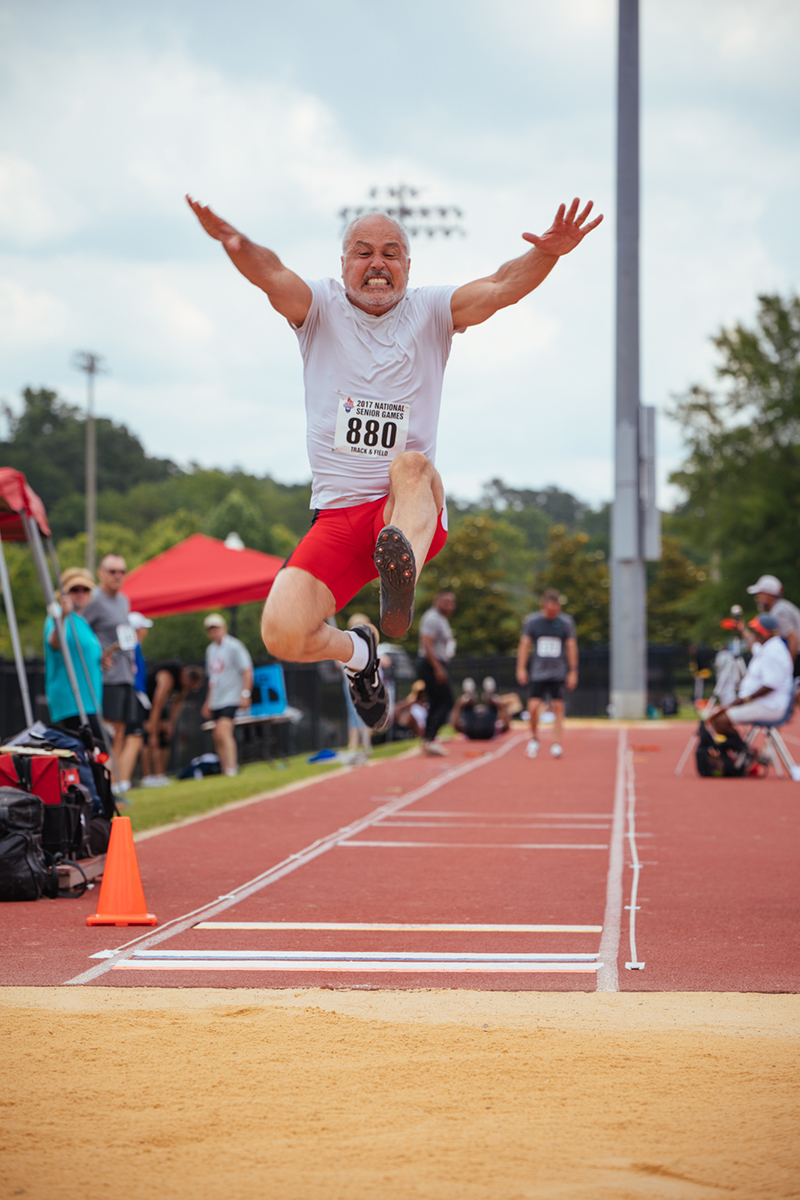 Different Types of Athletes
Different Types of Athletes
It goes without saying that we want all our athletes to have a good experience at the Games. Our Athlete Village, generally held at the local convention center, offers a chance to check-in, obtain information, participate in health and wellness screenings, visit the vendor booths and enjoy the local flare in food and entertainment.
At the National Senior Games Association, we have come to realize there are two distinct types of athletes who attend. One type is the dedicated competitor. That person is in it for a medal, or at the very least, a personal best or an improvement upon their last performance – along with the socializing with other athletes afterwards.
The other type of competitor will come for the experience. They’re there for the sports, of course, and they are looking forward to competing, but they’re also going to want to explore the city, do some sightseeing, hit the restaurants and catch up with the friends they made the last time. Often, they’ll travel in the company of family members – sometimes with a large group who will come to the event to cheer them on. To them, the experience of the Games goes well beyond the actual competition. Keeping both types of athletes happy is essential.
Something else interesting about the demographic of our athletes is the fact that many were attending high school and college in the era before Title IX took effect (it was passed in 1972). At that time, there were fewer sports opportunities for women – and they weren’t encouraged to pursue athletic activities in general. It was only later that they were able to find outlets for competition. We’re happy to be able to provide that for them.
Trends in the Games Themselves
The National Senior Games Presented by Humana hold the distinction of being the largest multi-sport championship event in the world for adults 50 and over. It enjoys a great reputation among senior athletes and it’s also an enormous win for the hosting city; officials in Birmingham reported the event generated $37 million for its economy in 2019.
This spring, we announced the location of our 2021 Games: Greater Fort Lauderdale, Florida. Events will be held both at the convention center and at multiple venues throughout Broward County. We are looking forward to working with the Greater Fort Lauderdale Convention & Visitors Bureau. Even though the 2019 Games are still ahead of us, we have a lot to look forward to. SDM

